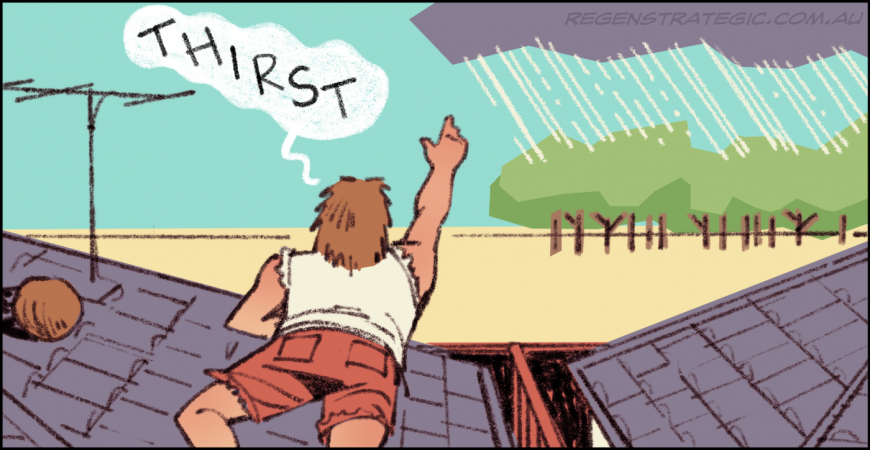I’m not sure I’ve seen anyone as excited at the prospect of rain, as my six-year-old was last week. Up early, her jacket on and umbrella at the ready - it was like she had never seen rain before.
To be fair, rain events have been rare during my daughter’s short life. And, she’s had a few false starts so far this year, with this the third time the Bureau of Meteorology has warned Perth residents of an impending downfall, only for the larger rain-bearing clouds to veer away from the metro area.
One of the theories about the impact of urban heat islands on the weather is that rising warm air pushes rain-bearing clouds away, potentially leading to more precipitation further afield, but robbing the urban area of the rainfall if might have expected.
Global warming is the direct result of more than 250 years of industrialised economies burning fossil fuels at increasing scale, with Perth expecting continually rising temperatures and declining rainfall for the rest of this century as a result. But, allowing Perth’s property developers to build suburb after treeless, black-roofed suburb was a decision we made locally, which is currently contributing to big temperature differences between those communities and vegetated landscapes nearby.
Hopefully the urban greening strategy under development by the WA Government hits the mark, or rain in Perth may seem as mythically elusive for future generations of children, as snow on Bluff Knoll did to me when I was a kid.
This article also appeared in The West Australian newspaper.
 ReGen Strategic
ReGen Strategic